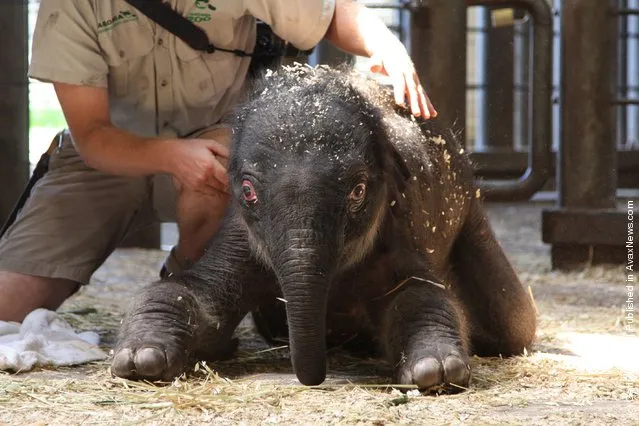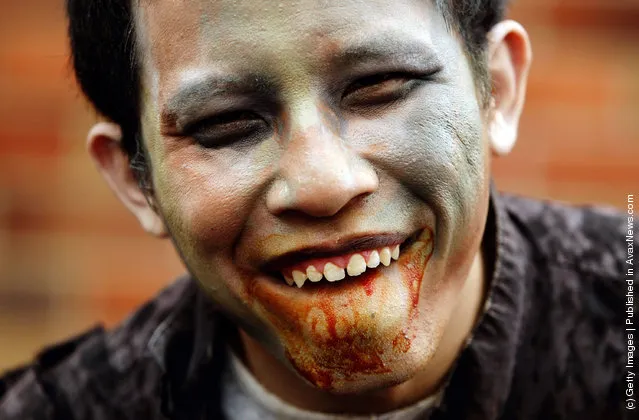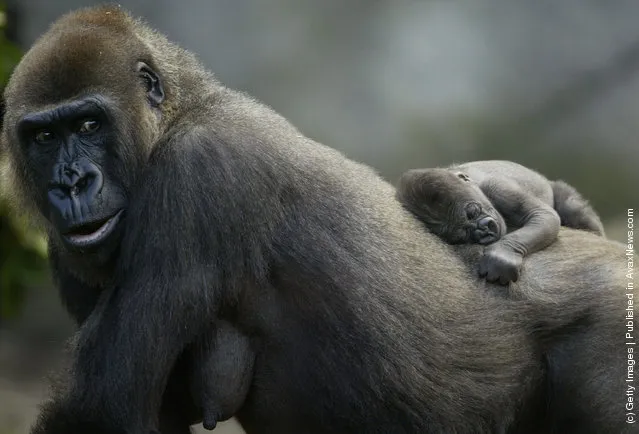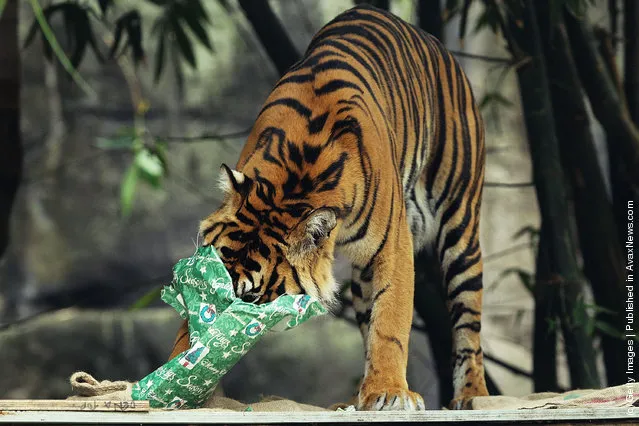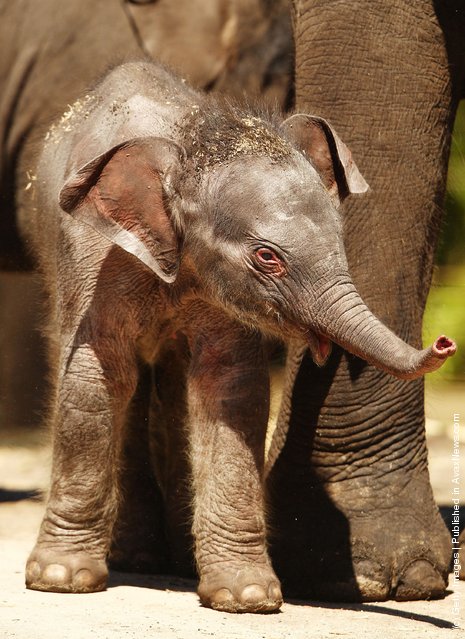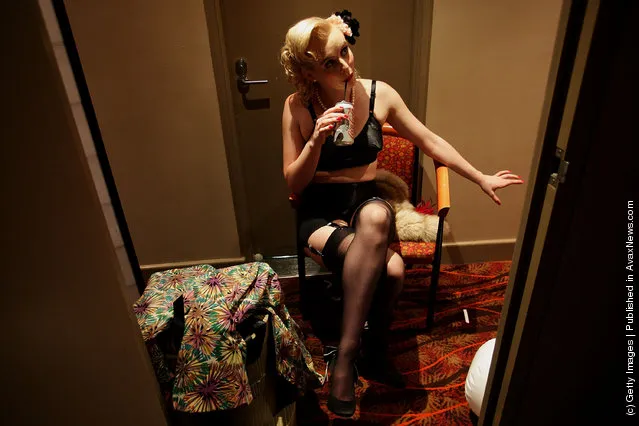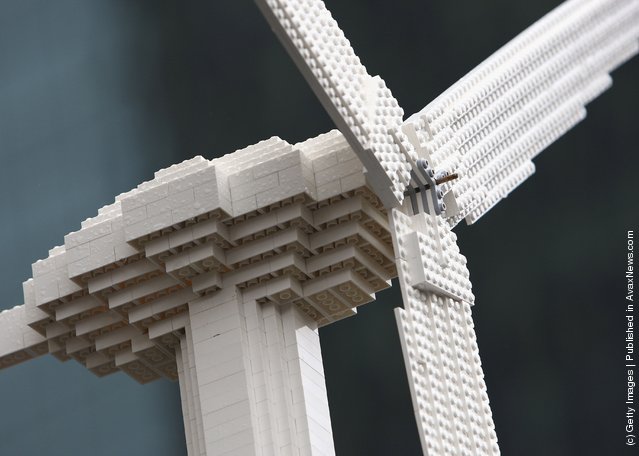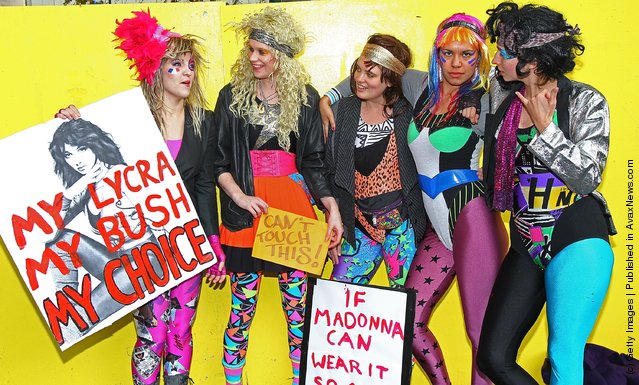
Women talk during a Slutwalk march for the right of women to wear what they want without harassment on May 28, 2011 in Melbourne, Australia. The Slutwalk began with a small protest in Toronto, Canada, when women marched against a policeman who claimed he was told women should “avoid dressing like sl*ts in order not to be victimized”. Slutwalks are scheduled for Adeleaide and Sydney as well as other cities in North America and Europe. (Photo by Scott Barbour/Getty Images)
28 May 2011 07:53:00,post received
0 comments

